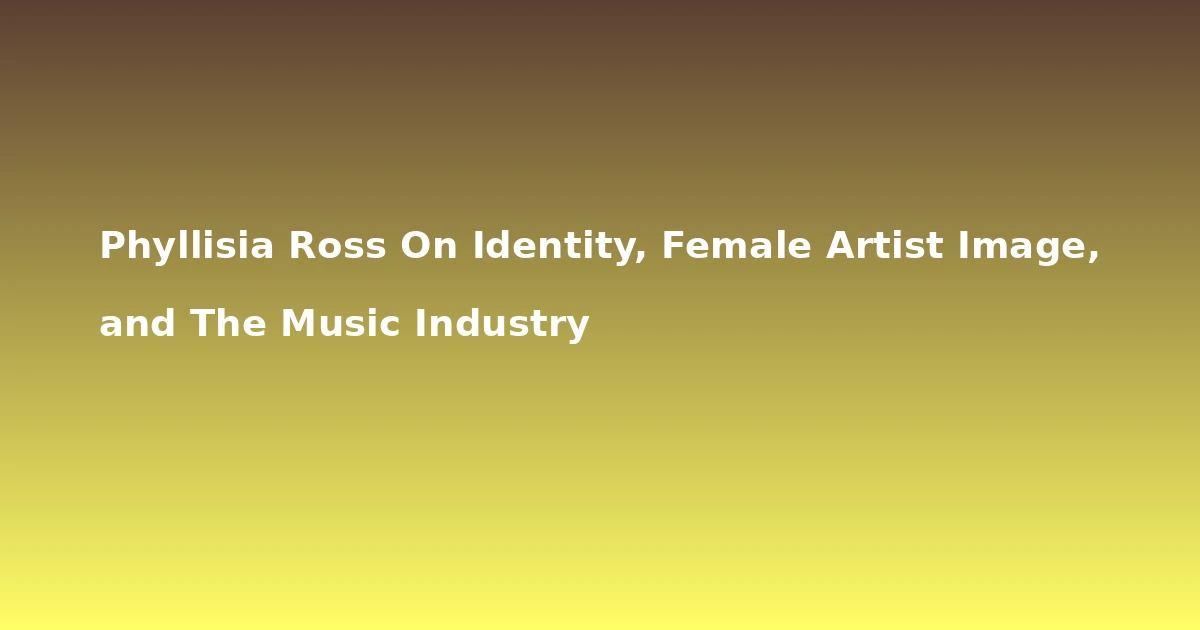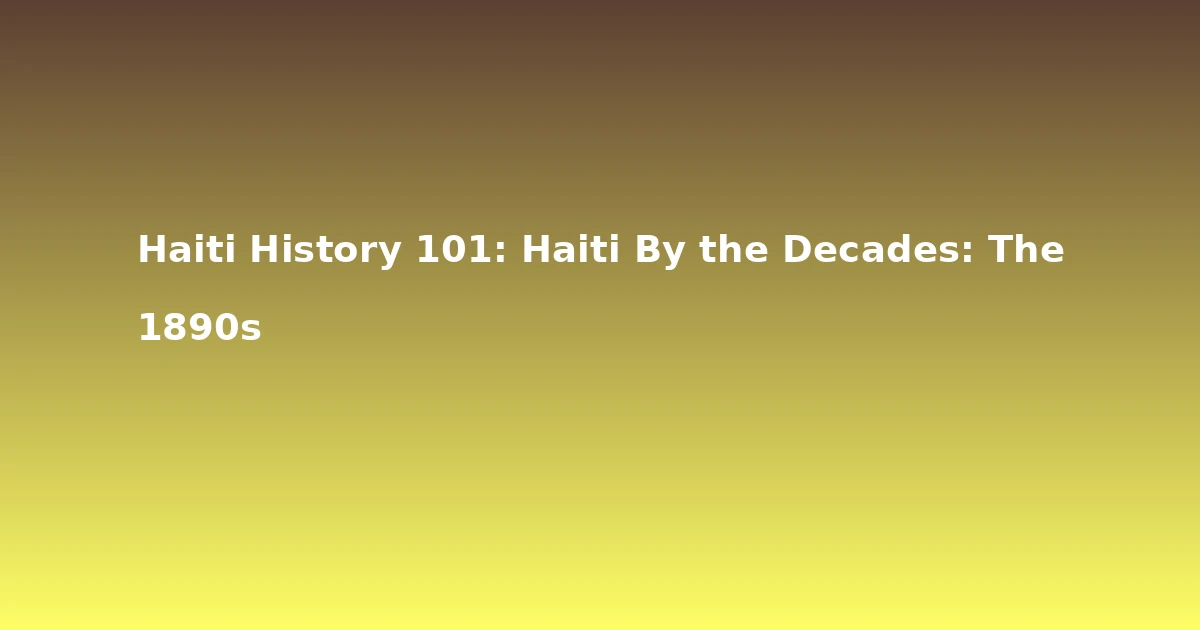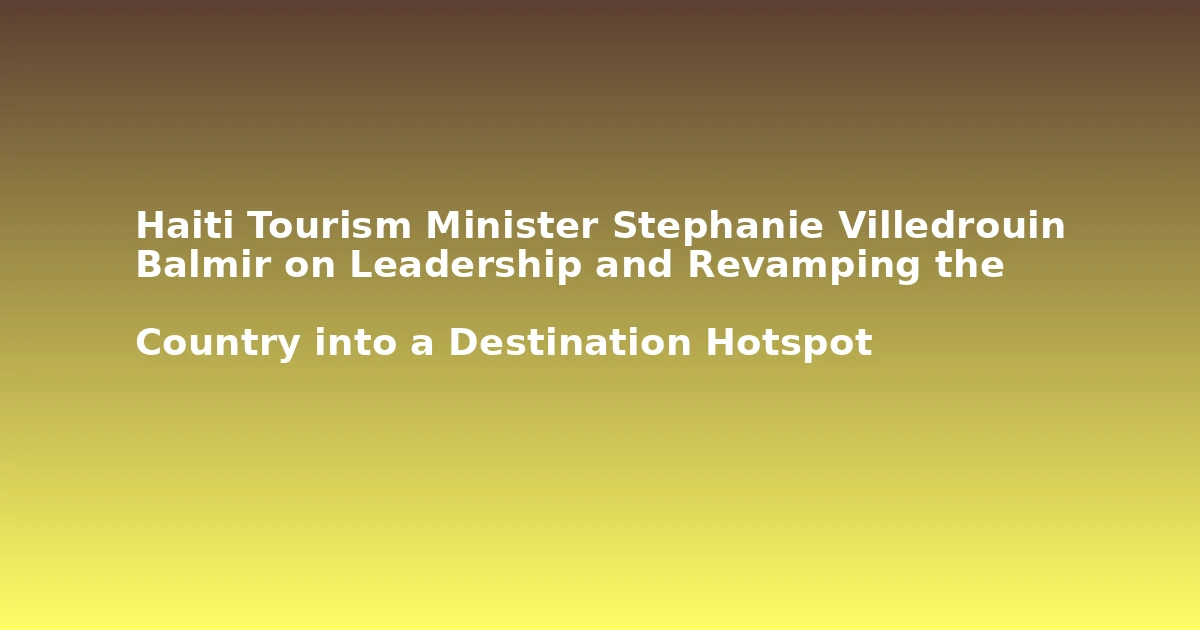The photography community in France counts Henry Roy as one of their own, and one of the best at what he does. One of Roy’s most recent exhibitions was at the prestigious Myriam Bouagal Galerie in France.
Entitled “The Motherland”, the exhibit displayed photographs that conveyed Roy’s identity as a French citizen, who is nonetheless a Haitian at heart.
Prior to taking up photography on a professional basis, Roy was a journalist, and even had a short tenure in the field of politics.
Roy found muses for his photography everywhere. Sometimes it would be a scene outside his window. On the personal end, his son Jonas was often the subject of his random photographs at his home in Paris.
The photographer maintains that one of his career’s most significant breakthroughs in photography came in the 1990s, when while doing research, he random met Elein Fleiss, the editorial director and editor-in-chief of Purple—at the time the only publication of its kind in France, according to Roy. “This magazine presented the international cultural scene under sharp and relevant analysis and shapes,” he recalls. “Rising contemporary art was put next to cinema, literacy, music, architecture and fashion.”
A whole treasure trove of Roy’s photos were published in 1998 by the magazine. “I was given the opportunity to develop and publish my personal work under the growing notoriety of the magazine.
This is how I found my audience among young people from all over the world who were taking an interest to the creative avant guarde we were embodying,” says the photographer.
Today, Roy does commissioned portraits, in addition to being heavily involved with fashion, advertising, and current events coverage, and takes on other artistic assignments, such as a recent one from Harper’s Bazaar UK. “My artistic work is expressed through a sort of a visual poetry; the intricacy of my French-Haitian identity,” Roy contends. “I created some kind of a hybrid language that helps me express the profoundness of my personal inner world.”
A personal world indeed, where photography is king and where, according to him, his objective is to renew and emphasize the African Diaspora’s perspective in France.
Q & A
Everyone has a story. What’s Henry Roy’s story?
My story is long and complex, so I’m going to try to summarize it for you. I was born in 1963 in Port-au- Prince where I grew up until the age of 3.
But my family had to leave the island as numerous Haitians had to, threatened by the Duvalier government. I found myself growing up and studying in France. Due to my outstanding performance at school—and under my parents’ strong guidance—at the age of 14, I managed to enter the prestigious Lycée Henry 4 High School.
This event changed my life. I was then entering the Parisian gentry’s network and becoming familiar with cultural habits that I had never experienced before. This is how I first got in touch with photography at the age of 18.
I was totally blown away and wanted immediately to make a living out of this medium. After making short term college studies and I decided to go for it. I ended up by finding a school where I acquired the basics photography techniques, but most importantly the basis of what would structure my vocabulary, that is to say an eclectic mixture of literacy, cinematographic and photographic influences.
My teacher was an iconoclast guru. He taught a range of of topics from psychoanalysis to car racing or alchemy and rock music.
So, you left Haiti in the late 1960s for France.
Amnesia is what would describe my past in Haiti even though it’s been said that the first three years of life are the most important ones in the construction of a person’s psyche.
Those years I spent them in Haiti—but it seems that the exile erased them from my memory.
You career took off in the 1990s.
In the middle of the 90’s, I decided to create a portraits book of prominent French black personalities. This was like a way for me to question my identity in this country where I am living. It was a sort of a crazy project in which no one in France was interested in around that time; At the same time, it was so important for me that I completed it after three and a half years of fierce battle. This book encompasses 70 famous French black people.
This book gathered 70 famous French black people from various fields such as sports, literature, science and Economics. By the time of its publication, the book was interpreted as a call to ethnic separatism. Nevertheless, it was subject for a very successful exhibition.
My images were inspired by famous portrait makers I had been studying, such as Avedon and Irving Penn. This is when, after 10 years, my teacher and I met again. After seeing my book and exhibition, he offered for me to come and visit him for a while.
I ended up doing this for three years during which I attended a second non-official and personalized training. My teacher used to say that noticing my artistic capacities he wanted to reveal me to myself. He wanted to help me to get free from any influences and find my own way. Eventually, I put and end to this fascinating relationship when it turned out unproductive.
What is the Haitian community like in France?
My father, Elliott Roy, happens to be a major member of this community. His generation, compared to mine, is much more politicized and patriotic. For decades they have been militating remotely, for a change in Haiti.
The next generation, where I belong–mine—is much more individualistic—selfish—and assimilated into their hosting societies. I would say that we are much more concerned with Haitian culture and its influence around the world. Everything happens at the cultural department of the embassy or at the various French-Haitian organizations.
There are many young talents, and there is also a real intention of making things happen. The earthquake had been a phenomenal catalyst in this circle.
There’s this impression that digital photography has made professional photographers out of everyone.
Since the arrival of digital photography, a growing number of people want to become photographers. As a matter of fact, the competition in the professional market has increased. With the globalization and the democratization of the medium this has led to a growing difficulty in making a living of this job.
Nowadays in order to survive and last, the photographers have to develop subtle strategies. A great number of them do not manage to make it work out and are forced to change profession. According to me the technology is marginalizing the profession such as we perceived it in the Twentieth century.
It is turning it into a new professional category that we could call the image makers. Today’s creative directors who have been to the Dutch graphic design schools and who are making the internet of tomorrow do consider photography as a minor activity among the others—video, visual worlds using various techniques such as animation, drawing, typography etc.
What are the elements of a great photo?
According to me an accomplished image has to be simple, direct, timeless, completely original, personal, meaningful and honest. But I would also say that a very good picture is a picture that thrills, carries a secret message, and whispers to the audience’s subconscious.
One of Roy’s photo exhibits.
You’ve taken countless photographs over the years. Is there one that is especially meaningful for you?
That’s a difficult question as I personally believe that the most important picture is yet to be taken. Nevertheless, I consider some images as major break points into my creative course.
Those pictures opened new perspectives in my research and have driven me to new directions. There are three or four and come from my subconscious unexpectedly.
Have you gone back to Haiti since then?
Because of my family’s status as political refugee, I couldn’t go back to Haiti before I was 25. I discovered that I was a foreigner there, a white man. The relationship that Haitians have with the Diaspora can sometimes be almost hostile.
It was a shock for me. I decided then to only come back if I had a precise and relevant project in mind. My last journey happened in October 2011.
I went to Jacmel to run a photography workshop for young Haitians. It has been a success and a truly nice experience I might repeat this year. This relationship to Haiti suits me perfectly. For the first time I felt I was fitting in.
What advice do you have for young people who want to undertake a career in photography?
First of all and despite what it may appear, photography is a difficult medium. One has to work and be patient. Often, a lot of years are required to get to a significant level.
It can also take a long time to assimilate the much codified network in which one will be growing. As a matter of fact it is right to start as assistant to a good photographer. A considerable culture is to be achieved, so that I would recommend entering a good college or a good art school, or even as I said earlier a graphic design school.
Creativity is not enough. One as to be organized and self-orientated. Insight, excellent interpersonal skills, is also requested.
Eventually ability to work in team, or even management skills are expected for those who want to do fashion or portraits.For the most motivated ones I would eventually recommend a good deal of ambition, fighting spirit and persistence. Also we have to keep in mind that to be photographer includes a wide range of professions. A war correspondent doesn’t do the same job than a still life photographer who doesn’t share much with a fashion photographer.
Everything depends on inner sensibility. Anyways, photography has to be essential to your life
You can visit Henry Roy’s website .
Last Updated on December 2, 2025 by kreyolicious



